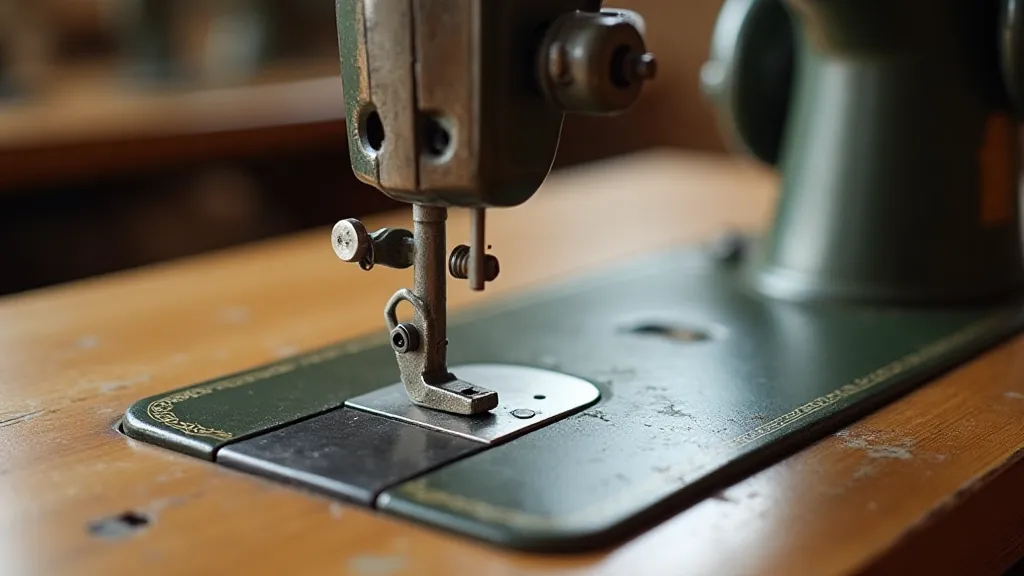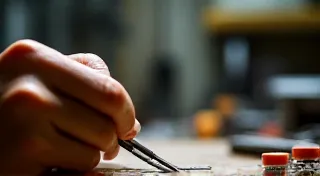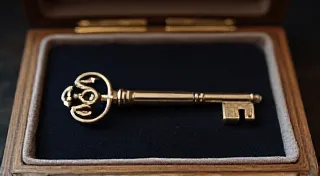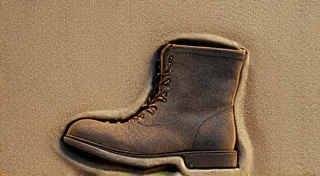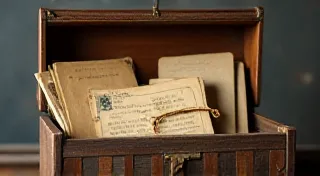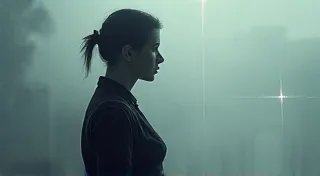The Architect's Blueprint: Recreating Lost Designs for Vintage Sewing Machine Feet
There’s a quiet dignity in the history held within an antique sewing machine. More than just a tool, it's a testament to ingenuity, resilience, and a belief in the power of creation. And while the machines themselves are breathtaking artifacts, it's often the seemingly small components, the unassuming sewing machine feet, that whisper the most compelling stories of a bygone era. These miniature marvels, forged from steel and imbued with the purpose of shaping fabric, are often overlooked—until they're lost, broken, or simply vanished from the world.
My fascination with antique sewing machine feet began, as many things do, with a simple question: what happens when a vital part disappears? When the foot that allows a Singer 66 to gracefully stitch a ruffled hem is no longer available? The frustration of a collector, the potential for a beloved machine to fall silent – these possibilities spurred a pursuit, a quest to understand and, ultimately, to recreate these lost designs. It's a process less like manufacturing and more like archaeology, detective work, and artistic reconstruction all rolled into one.
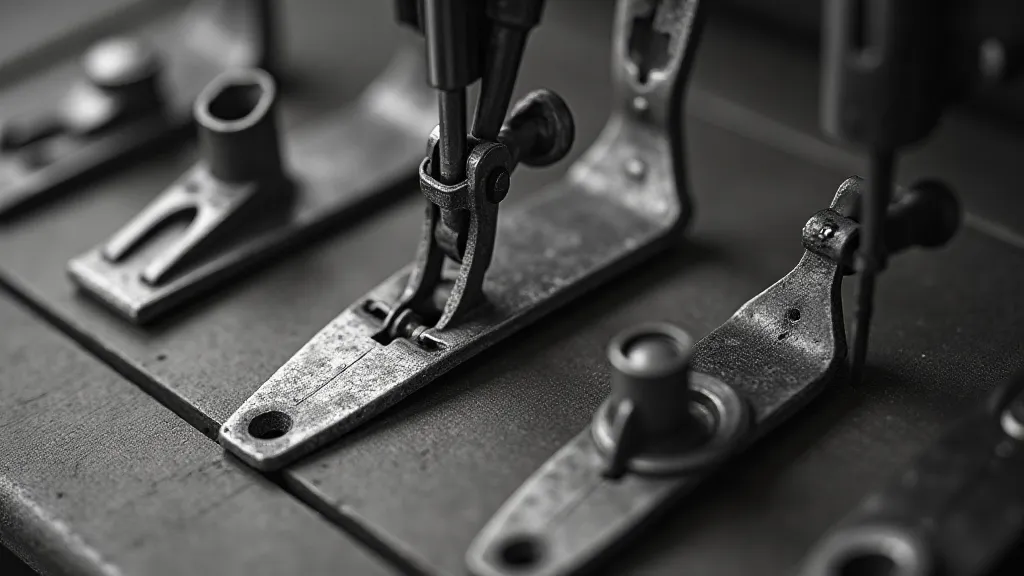
The Detective's Work: Deciphering the Clues
Reverse-engineering a vintage sewing machine foot isn't as simple as measuring its dimensions and replicating the metal. It's about understanding the *why* behind the design. What specific fabric was it intended to sew? What type of stitch was it facilitating? To answer these questions, a detective's eye is essential. It involves poring over original manuals, examining surviving examples (often in fragile condition), and studying the machine’s overall functionality.
Early manuals, often sparse on details, can offer subtle clues. A diagram illustrating a specific stitch might hint at the shape of the foot required to achieve it. Comparing surviving feet from different manufacturers can reveal design trends and innovations of the time. And sometimes, the best clues come from the machine itself – subtle markings, wear patterns, or even the way the foot interacts with the feed dogs can offer invaluable insights.
The process is fraught with challenges. Metal fatigue, corrosion, and even simple misinterpretations can derail the reconstruction effort. And there's the constant pressure to remain faithful to the original design while incorporating modern materials and manufacturing techniques to ensure durability and functionality. The ideal is a foot that is both historically accurate and practically usable.
The Craftsmanship: Breathing New Life into Forgotten Forms
Once the design is understood, the crafting begins. This isn’t about mass production; it’s about honoring the craftsmanship of the original artisans. Hand-forging, filing, and polishing are frequently employed, techniques largely abandoned in the age of automated manufacturing. The tactile experience of shaping the metal, feeling its response under the hammer and file, connects the modern maker to the past in a profound way.
Choosing the right metal is also crucial. While original feet were often made from softer steels, modern reproduction often benefits from incorporating harder alloys for improved wear resistance. However, finding a balance is key – a foot that is too hard might damage delicate fabrics or create excessive friction within the machine.
The details matter. The angle of the curve, the precise placement of the hole for the presser foot shank, even the surface finish – all contribute to the foot’s performance and its aesthetic appeal. A truly faithful reproduction isn't just about the overall shape; it's about capturing the subtle nuances that define its character.
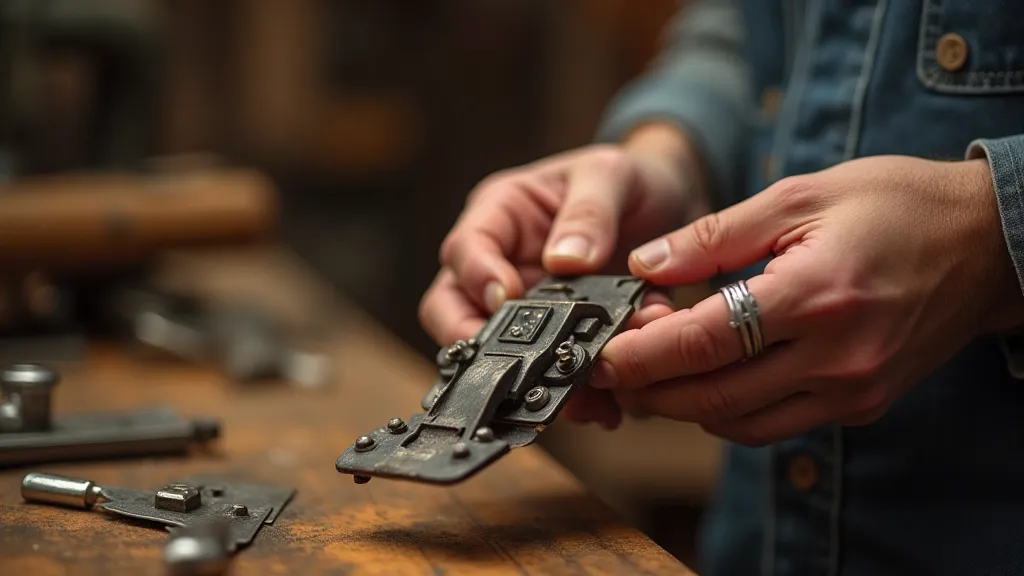
More Than Just a Foot: A Link to the Past
The significance of recreating these lost designs extends far beyond the practical. These antique sewing machine feet are tangible links to a time when craftsmanship was paramount, when machines were cherished heirlooms, and when the act of creation was imbued with a sense of pride and purpose. By bringing these lost pieces back into existence, we're not just preserving a mechanical component; we’re preserving a piece of history.
For the collector, a reproduced foot can unlock the full potential of a beloved machine, allowing it to function as originally intended. For the restorer, it provides a crucial piece of the puzzle, bringing a machine back to its former glory. And for the sewing enthusiast, it's an opportunity to connect with the past, to appreciate the ingenuity of early engineers and the enduring beauty of handcrafted objects.
The challenges are considerable, and the work is often painstaking. But the reward—seeing a machine that was once silent now humming with life, knowing that you’re contributing to the preservation of a piece of history—is immeasurable. It’s a privilege to be part of this process, to be a small link in a chain that stretches back over a century, connecting past, present, and future.
The Future of Preservation
The field of antique sewing machine foot reproduction is a niche but vital one. As more and more machines reach an age where original components are scarce, the need for skilled artisans willing to undertake this challenging work will only increase. Technology can play a role too, with 3D scanning and CAD modeling assisting in the design process, but the human touch – the understanding of materials, the feel for the metal – remains indispensable.
Ultimately, the work of recreating these lost designs is a testament to the enduring power of human creativity and ingenuity. It’s a reminder that even the smallest components can hold profound significance, and that by preserving the past, we enrich the present and inspire the future. And as I carefully file and polish another foot, bringing it closer to its intended form, I feel a profound connection to the generations of artisans who came before me, all united by a shared passion for creation and a deep respect for the enduring beauty of handcrafted objects.
